Interpreting The Parables (Revised)
$46.99
Abbreviations
Preface
1. Introduction
1.1 The Previous Scholarly Consensus
1.2 The Sizable Minority Report
1.3 Newest Developments
1.4 The Scope And Outline Of This Book
Part One: Methods & Controversies In Interpreting The Parables
2. Parable & Allegory
2.1 The Current Debate: Two Main Approaches
2.1.1 Parable Vs. Allegory
2.1.2 Parable As Allegory
2.2 Evaluating The Debate
2.2.1 Contemporary Literary Criticism
2.2.2 The Rabbinic Parables
2.3 Conclusions
3. Form Criticism & The Parables
3.1 Classical Form Criticism
3.1.1 The Method
3.1.2 Critique
3.2 Hypotheses Of The Guarded Tradition
3.2.1 Memorizing Jesus Teachings
3.2.2 New Insights Into Oral Folklore And Social Memory
3.3 Conclusions
4. Redaction Criticism Of The Parables
4.1 Positive Contributions
4.1.1 The Illustration Of Distinctive Themes
4.1.2 The Significance Of The Larger Contexts
4.2 Invalid Allegations
4.2.1 Misleading Parallels
4.2.2 Dictional Analysis
4.2.3 The Theology-History Dichotomy
4.2.4 Prophecy After The Event
4.2.5 Characterizing The Parables In Different Synoptic Sources
4.2.6 Mistaking Stylistic For Theological Redaction
4.2.7 Misrepresenting The Theology Of An Evangelist
4.3 Conclusions
5. New Literary & Hermeneutical Methods
5.1 The New Hermeneutic
5.1.1 The New View Of Metaphor
5.1.2 A Critique Of The New View Of Metaphor
5.2 Structuralism
5.2.1 The Ideology
5.2.2 The Method
5.2.3 Surface Structures
5.3 Poststructuralism/Postmodernism
5.3.1 Deconstruction
5.3.2 Reader-Response Criticism
5.4 Other Literary Approaches [au: FYI, Edited To Match Text.]
5.5 Conclusions
Conclusions To Part One
Part Two: The Meaning & Significance Of Individual Parables
6. Simple Three-Point Parables
6.1 The Prodigal Son (Lk 15:11-32)
6.2 The Lost Sheep And Lost Coin (Lk 15:4-10; Cf. Mt 18:12-14)
6.3 The Two Debtors (Lk 7:41-43)
6.4 The Two Sons (Mt 21:28-32)
6.5 Faithful And Unfaithful Servants (Lk 12:42-48; Mt 24:45-51)
6.6 The Ten Virgins (Mt 25:1-13; Cf. Lk 13:24-30)
6.7 The Wheat And The Tares (Mt 13:24-30, 36-43)
6.8 The Dragnet (Mt 13:47-50)
6.9 The Rich Man And Lazarus (Lk 16:19-31)
6.10 The Children In The Marketplace (Mt 11:16-19; Lk 7:31-35)
6.11 Conclusions
7. Complex Three-Point Parables
7.1 The Talents (Mt 25:14-30; Cf. Lk 19:12-27)
7.2 The Laborers In The Vineyard (Mt 20:1-16)
7.3 The Sower (Mk 4:3-9, 13-20 Pars.)
7.4 The Good Samarita
Additional Info
In the last century, more studies of the parables were produced than for any other section of comparable length in the Bible. The problem is that few students of the Bible have access to these studies. In this substantially new and expanded edition, Craig Blomberg surveys and evaluates the contemporary critical approaches to the parables–including those that have emerged in the twenty years since the first edition was published. The classic works of C. H. Dodd and Joachim Jeremias set the direction for nearly all further parable studies in this century. Embodied in both scholars’ approaches are at least two assumptions that, for the most part, have gone unchallenged: (1) Parables make one and only one main point. (2) Parables are not allegories. But can these assumptions be supported by the evidence? Challenging this view and making his own important new contribution to parable studies, Blomberg argues that within proper definitions and limits, the parables are in fact best seen as allegories. In support of this “minority report” concerning parable interpretation, Blomberg not only sets forth theoretical considerations but devotes attention to all the major parables, providing brief interpretations that highlight the insights to be gained from his distinctive method.
in stock within 3-5 days of online purchase
SKU (ISBN): 9780830839674
ISBN10: 0830839674
Craig Blomberg
Binding: Trade Paper
Published: September 2012
Publisher: InterVarsity Press
Print On Demand Product
Related products
-
Person Of Interest
$24.99Dateline featured cold-case detective and best-selling author J. Warner Wallace investigates Jesus, the most significant person in history, like one of his “missing body, cold-cases,” demonstrating why Jesus still matters today, even in a world that is skeptical of the Bible.
Detective J. Warner Wallace listened to a pastor talk about Jesus and wondered why anyone would think Jesus was a person of interest.
Wallace was skeptical of the Bible, but he’d investigated several “no-body, missing person” cases in which there was no crime scene, no physical evidence, and no victim’s body. He successfully identified and convicted the killers in these cases, even without evidence from the scene.
Could the historical life and actions of Jesus be investigated in the same way? Could the truth about Jesus be uncovered even without a body or a crime scene? In Person of Interest, Wallace describes his own personal investigative journey from atheism to Christianity, as he employs a unique investigative strategy to confirm the historicity and deity of Jesus–without relying on the New Testament manuscripts.
Imagining a scenario in which every New Testament document has been destroyed, Wallace carefully sifts through the evidence from history alone to reconstruct the identity of Jesus as the world’s most important person of interest.
Person of Interest will:
*Invite readers into the life of a cold-case detective as he uncovers the truth about Jesus, using the same approach he also employs to solve a real murder case*Teach readers how to become good detectives, using an innovative and unique “‘fuse’ and ‘fallout'” investigative strategy they can also use to examine other claims of history
*Show how Jesus changed the world and why He still matters today
*Help readers to explore common objections to Christianity
Creative, compelling, and unique in its approach, Person of Interest will strengthen the faith of believers, while engaging those who are skeptical and distrusting of the New Testament.
Add to cartin stock within 3-5 days of online purchase
-
Act Like Jesus Study Guide (Student/Study Guide)
$13.99Original price was: $13.99.$9.97Current price is: $9.97.In this eight-session video Bible study (DVD/digital downloads sold separately), pastor and author Randy Frazee explains there is a difference between simply believing something in our heads and allowing those beliefs to shape our actions and behaviors. It is not enough to think like Jesus . . . we must also act like Jesus. For this reason, once we understand what we believe, we need to yield to the direction of the Holy Spirit and allow him to lead us to those biblical practices that will bring about spiritual transformation in our lives. As we do this, the Holy Spirit will lead us to make these resolutions:
*I will worship God for who he is and for what he has done for me.
*I will pray to God to know him, find direction for my life, and to lay my requests before him.
*I will study the Bible to know God and his truth and find direction for my daily life.
*I will dedicate my life to God’s purposes.
*I will fellowship with Christians to accomplish God’s purposes in my life and in the world.
*I will seek to understand my spiritual gifts so I can use them to fulfill God’s purposes.
*I will give my resources to fulfill God’s purposes.
*I will share my faith with others to fulfill God’s purposes.Grounded in carefully selected scripture, Act Like Jesus is a churchwide discipleship program that will take you on a journey to become more like Jesus in your behaviors. This revised study, adapted from Part 2 of the Believe churchwide study, includes an updated video study and new content and questions adapted from the existing Believe Study Guide and Think, Act, Be Like Jesus by Randy Frazee.
SESSIONS:
1. Worship
2. Prayer
3. Bible Study
4. Total Surrender
5. Biblical Community
6. Spiritual Gifts
7. Giving My Resources
8. Sharing My FaithDesigned for use with the Act Like Jesus Video Study (sold separately).
Add to cart5 in stock
-
Weight Of Glory
$16.99Selected from sermons delivered by C. S. Lewis during World War II, these nine addresses show the beloved author and theologian bringing hope and courage in a time of great doubt. “The Weight of Glory,” considered by many to be Lewis’s finest sermon of all, is an incomparable explication of virtue, goodness, desire, and glory. Also included are “Transposition,” “On Forgiveness,” “Why I Am Not a Pacifist,” and “Learning in War-Time,” in which Lewis presents his compassionate vision of Christianity in language that is both lucid and compelling.
Add to cartin stock within 3-5 days of online purchase

 Loyal In His Love
Loyal In His Love
 Be Strong And Courageous
Be Strong And Courageous
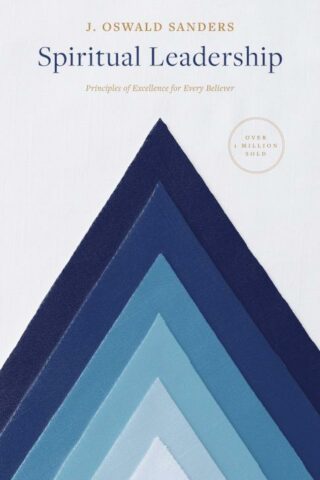 Spiritual Leadership : Principles Of Excellence For Every Believer
Spiritual Leadership : Principles Of Excellence For Every Believer
 Soar Like Eagles
Soar Like Eagles
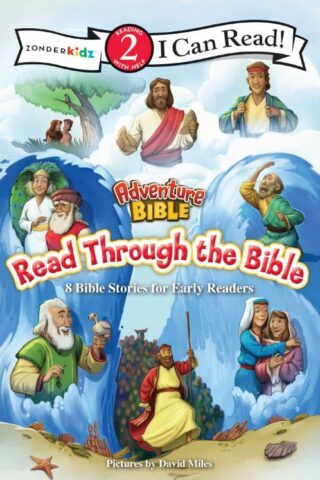 Read Through The Bible Level 2
Read Through The Bible Level 2
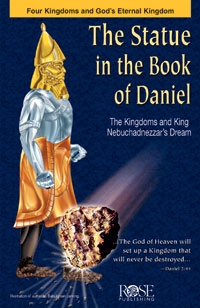 Statue In The Book Of Daniel Pamphlet
Statue In The Book Of Daniel Pamphlet








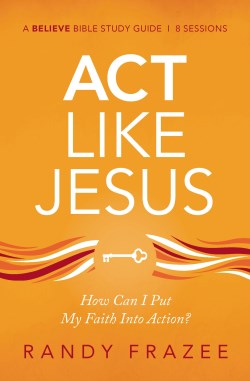
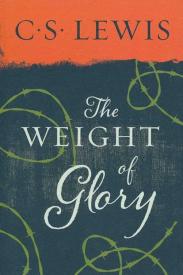
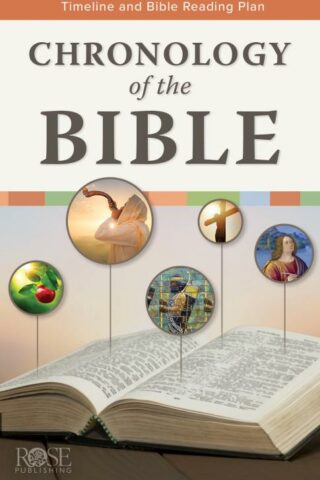

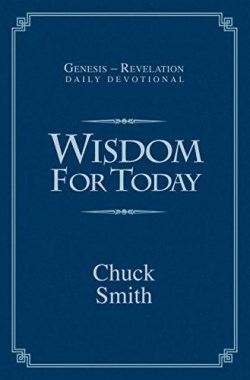
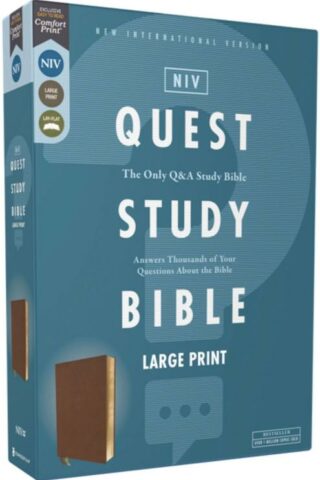

Reviews
There are no reviews yet.